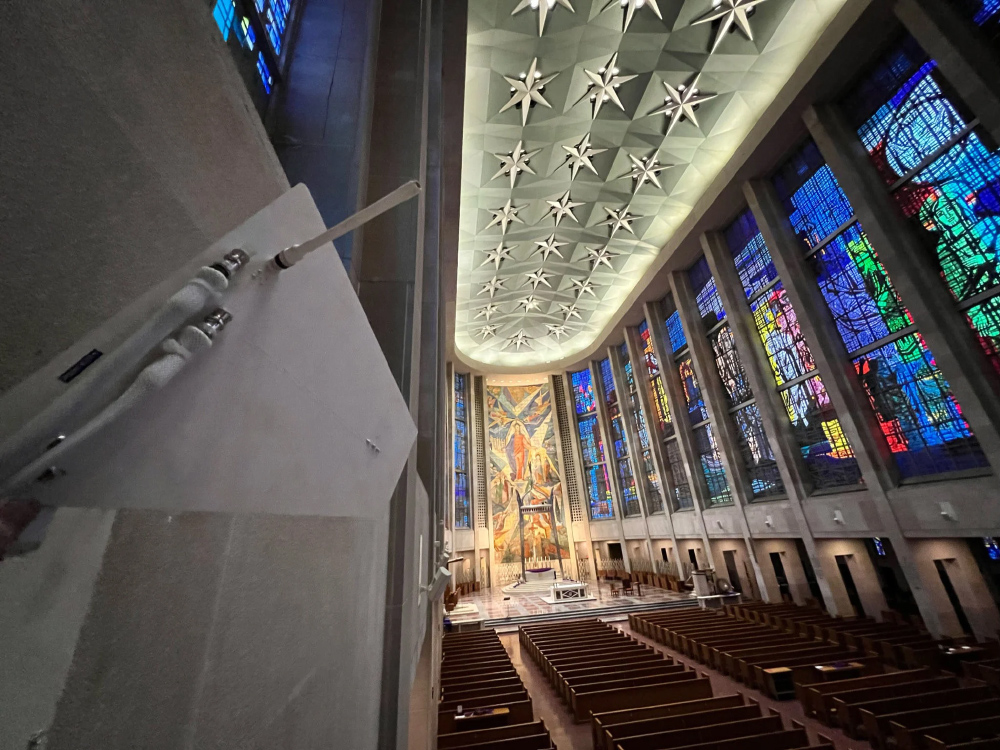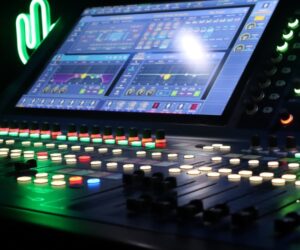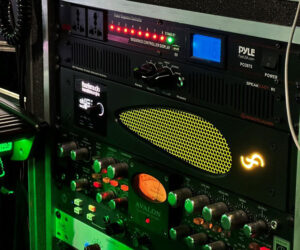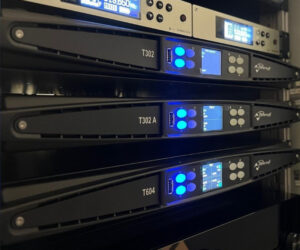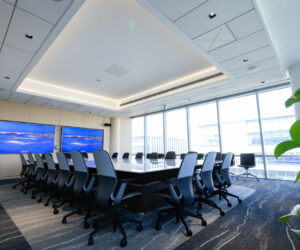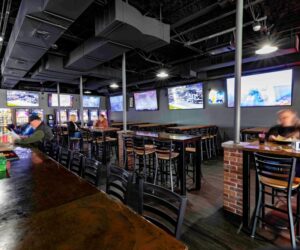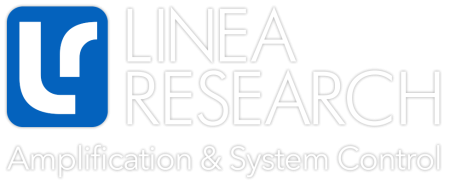The wireless microphone system at Cathedral of St. Joseph, the seat of the Archdiocese of Hartford in Hartford, CT, was continuously plagued by dropouts and RF interference, a situation addressed by integration firm DNR Laboratories with the deployment of several wireless components from RF Venue.
“The Archbishop himself would comment on the fact that he found it difficult if not impossible to get through a sermon without a dropout or interference noise,” explais Don Gamsjager, founder and CEO of DNR Labs, which was called in to rectify the problem as part of a larger upgrade of the cathedral’s sound system and front of house console last year. “It was a major problem. Fortunately, we had RF Venue.”
Gamsjager says the existing RF distribution system, installed about 20 years ago, was inadequate and overly complicated, with more 30 components, such as the eight paddle antennas installed throughout the venue. “The church is over 400 feet from end to end, and they also hold part of services just outside the main entrance, so there was a lot of space to cover,” he says, Built in 1962 in the international interpretation of the classic cruciform Gothic style, the cathedral is reported to be the largest between those in New York and Boston, and seats over 1,750 worshippers in its large expanse of stained-glass windows.
Gamsjager conferred with RF Venue sales director Adam Brass and the RF Venue engineering team and came up with an approach to improve the sitaution. DNR Labs installed two Diversity Fin antennas, two passive inline Band-Pass Filters, two active In-Line amplifiers, a 4ZONE antenna combiner, and a DISTRO4 antenna distribution system, all designed to work with any brand and any model of wireless microphone and IEM system.
The two antennas are able to completely cover the church’s interior and part of its exterior worship spaces (one Diversity Fin antenna was installed outdoors in a weatherproof enclosure) without dropouts. In the process, says Gamsjager, they were also able to eliminate old unneeded long coaxial cable runs, with distance defied for the new antenna runs by the active In-Line Amplifiers, designed to compensate for RF antenna signal loss on lengthy coax runs.
The Band-Pass Filters, which are tuned to 470 to 530 MHz, serve as what Gamsjager calls “lifesavers” in a dense urban RF environment like Hartford. The signals captured by the patented cross-polarized design of two Diversity Fin Antennas, which offer true diversity reception in a single package, are combined in the 4ZONE then distributed to the wireless microphone antenna inputs by the DISTRO4, which also provides power to the receivers.
Along with the Sennheiser EW-DX wireless microphone system that DNR Labs also installed as part of the project, the church is now dropout-free. “We replaced an enormous amount of equipment with a truly minimal amount of gear and got perfect performance,” he says. “The cathedral’s A1, Dave Raymond, says it’s the first time the church has ever experienced a completely dropout-free service. They’re able to take the wireless mics to any location in the church and have a perfect experience with it.”


